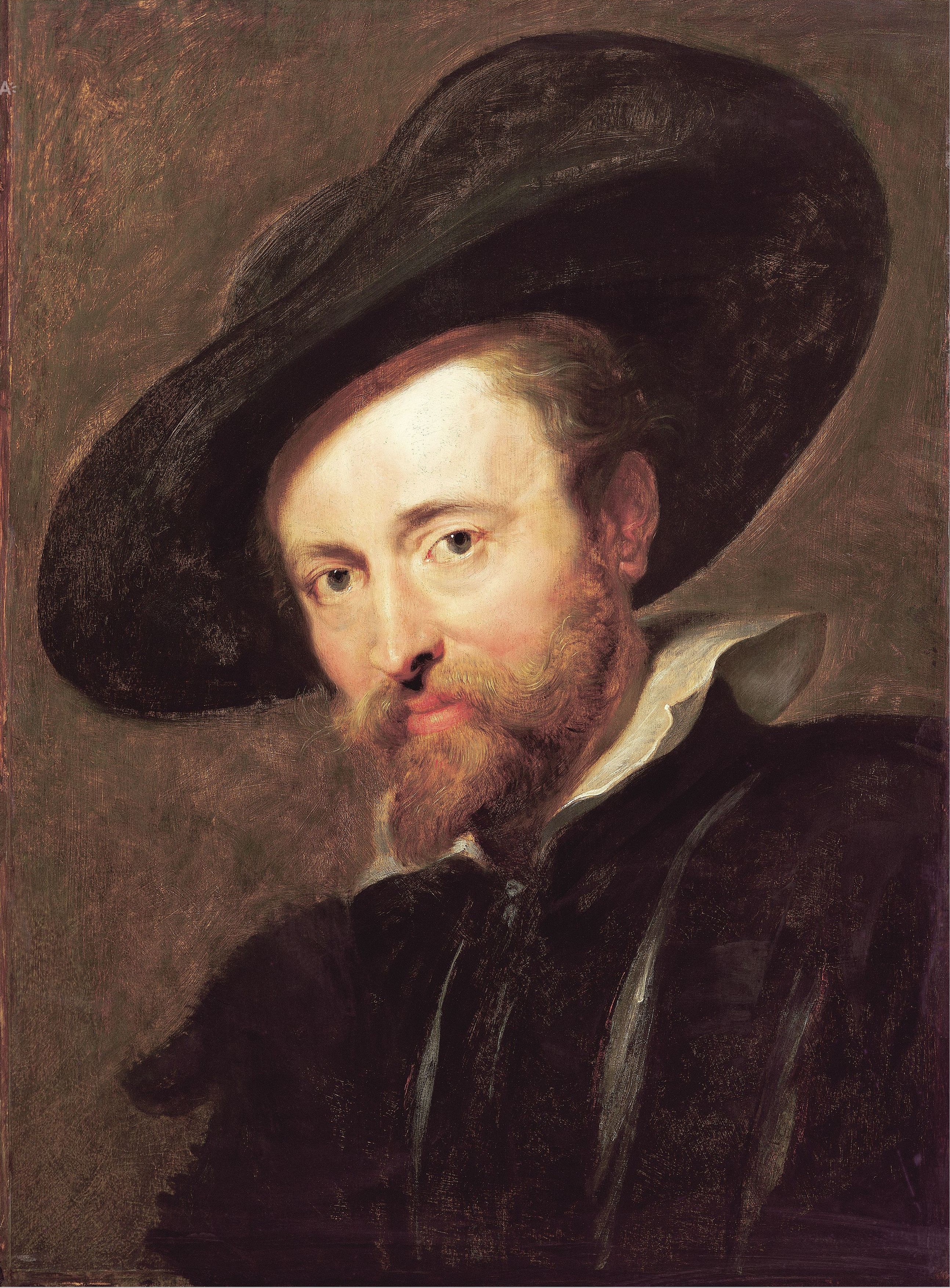Hello, hello! Time for a very unexpected Rubens, which we present thanks to the Kunsthistorisches Museum in Vienna. Enjoy! :)
Having originally planned only a stormy landscape, Rubens expanded the composition in the process of the painting’s creation and added a mythological staffage of human and divine figures to the pure landscape. This is firmly in keeping with Flemish tradition, which, unlike the Netherlandish one, almost always enhanced landscapes with Christian or mythological narratives. On a forest path slightly ascending from the center to the right, four figures appear: two elderly people, arduously propped up on walking sticks and accompanied by two gods, have escaped the storm still raging at the center of the painting. They are Philemon and Baucis. Shortly before the storm, they were the only ones to give shelter, food, and drink to the gods, who were traveling through the land disguised as weary travelers. The punishment for the hardheartedness of the other people was swift to follow—Jupiter and Mercury showed only this married couple the way to the safety of a hill in time (Ovid, Metamorphoses 8:620–720).
In the foreground the effects of the forces of nature are drastically depicted: helplessly, an ox lies trapped in a broken tree above the torrential floods; on the left, near the rainbow, the corpses of a mother and her child have been washed ashore; above them a man fortunate enough to have escaped clings to a tree that is still standing. The present Landscape with Philemon and Baucis was probably painted entirely by Rubens himself, without the help of his workshop. Like most of his landscapes, it was not a commissioned piece. This subject is rare in painting: depictions of the myth since the 16th century have mostly shown Philemon and Baucis playing host to the gods in their home.


 Peter Paul Rubens
Peter Paul Rubens